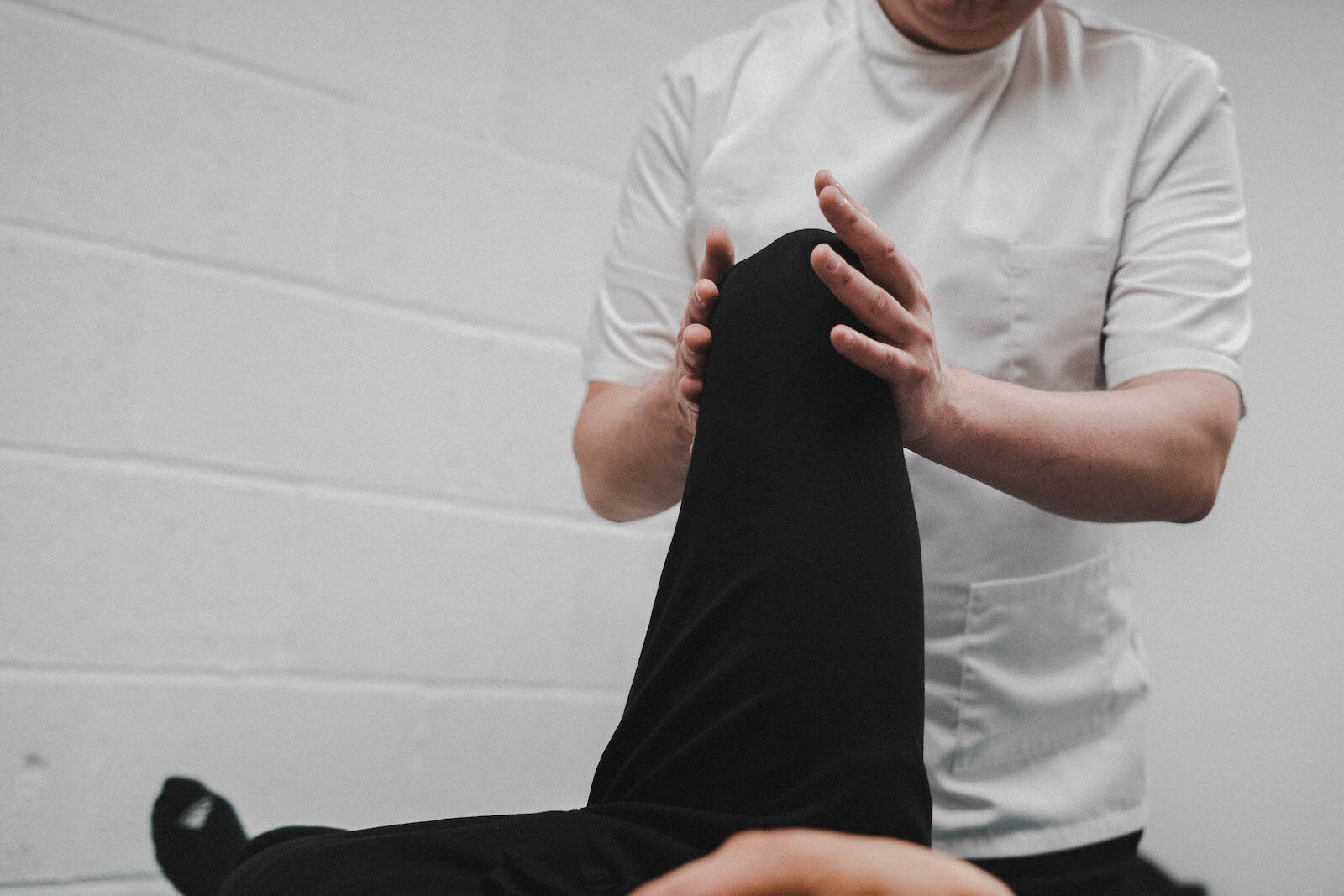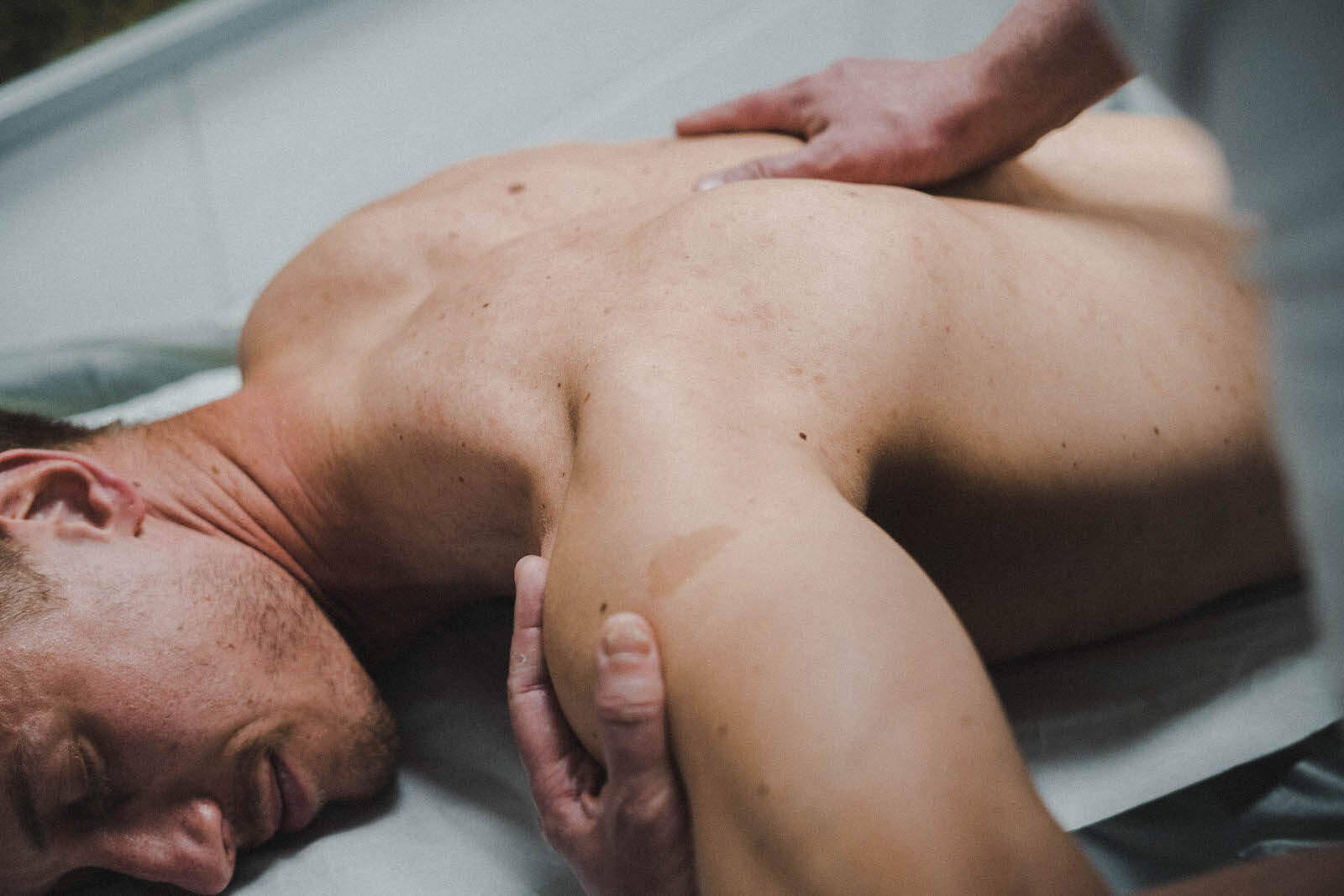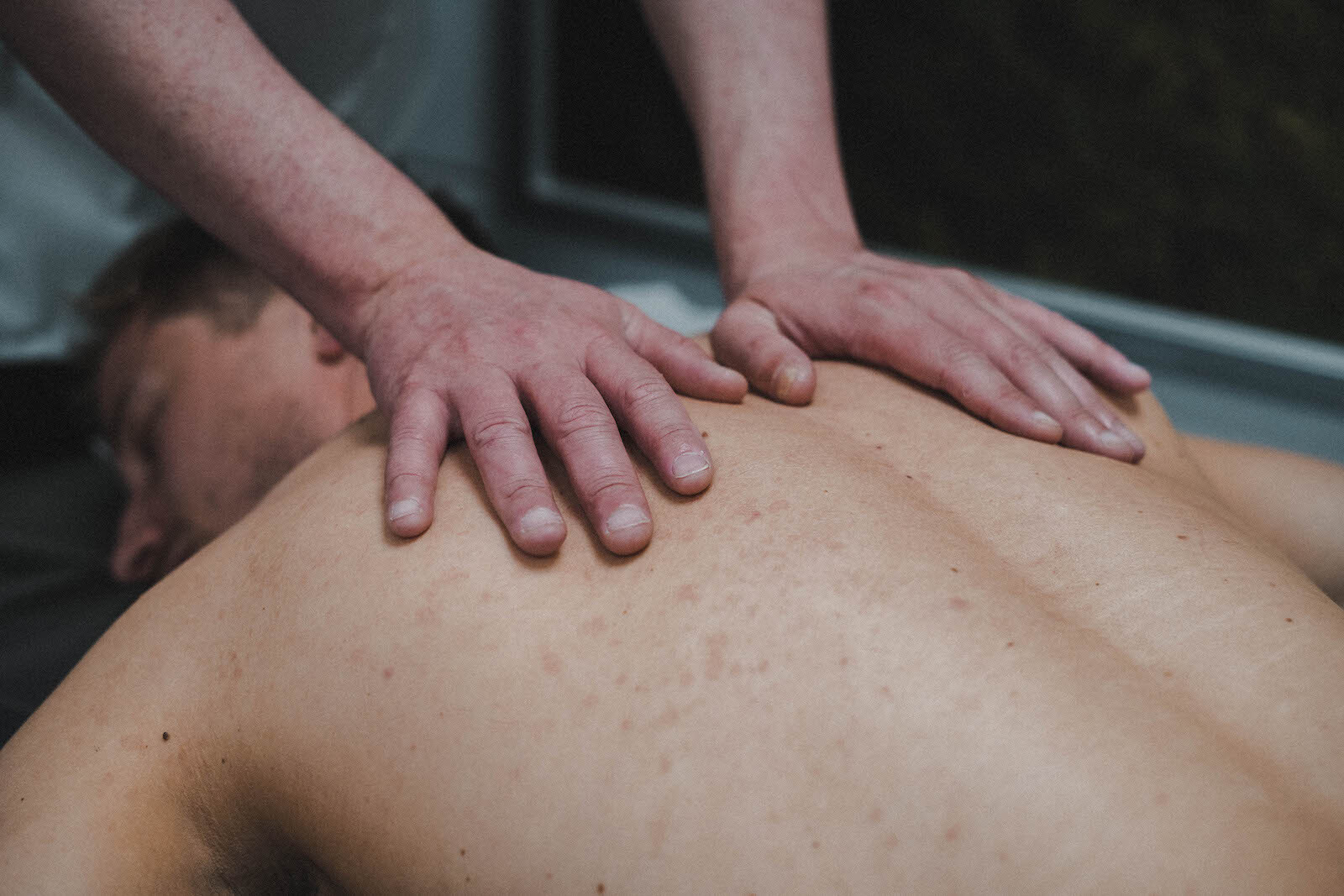Referred pain (or more accurately “radicular pain”), can include pain, weakness, numbness and tingling along the path of a nerve.
The most well known type of radicular pain is Sciatica, which is frequently, but incorrectly used to describe all manner of pain into the legs. The Sciatic nerve is the longest and widest nerve in the body, which can cause pain into the buttocks, and sometimes down the back of the leg. Just above the knee the nerve splits into two and continues down to the foot.
Compression of the sciatic nerve at the spine can happen for a number of reasons. A “pinched nerve“ can be due to a herniated disc, inflammation (from irritation to the small joints in the back, or ligaments) or bone spurs which can develop, especially as we age.
The sciatic nerve passes close to, or through the Piriformis muscle. If the Piriformis is tight, it can lead to irritation of the sciatic nerve.
People often describe sciatica pain as a deep ache or shooting “electric“ type pain down the back of the leg or buttocks, and is often accompanied by either sharp stabbing pains or a continual ache in the low back. Coughing and sneezing can sometimes replicate pain into the low back or into the leg. Commonly sciatica pain is only felt occasionally, and with low levels of discomfort. Typically over time the episodes will come on more and more frequently, lasting longer, with higher levels of pain. This is often due to the root cause of the problem not having been resolved and the body is unable to maintain compensatory movements to protect the area.
Another common type of nerve irritation causes similar symptoms to sciatica, but to the arms and shoulders, not the legs. Three main nerves, the Radial, Median and Ulnar nerve exit the spine at the lower levels of the neck and can cause symptoms to the muscles in the shoulders all the way down the arms to the hands.
Treatment for radicular symptoms would typically involve techniques to “off load” the specific structures in the spine relating to pain distribution, whilst also treating the rest of the spine to reduce the chance of the problem returning. Once pressure on the nerves starts to reduce, the pain should move closer to the spine (the source of the compression) until finally disappearing.
If you have symptoms down both legs or arms at the same time, a central nervous system disorder such as spinal stenosis or growth should be considered and further clinical investigations would be indicated. Any changes to sensitisation to the saddle area (wiping your bottom for example) or sudden loss of control of bowel or bladder should be investigated as a matter of emergency.



